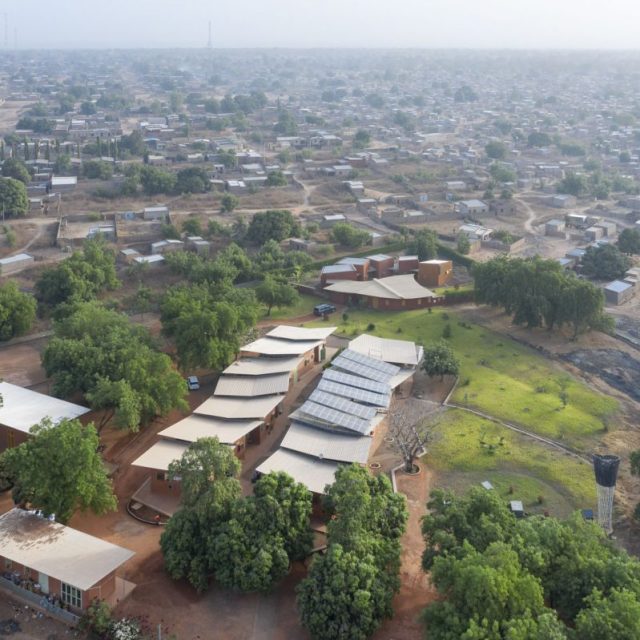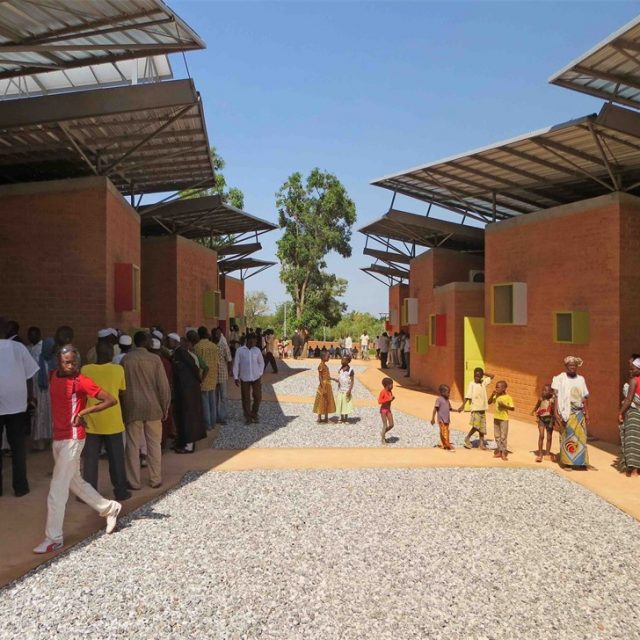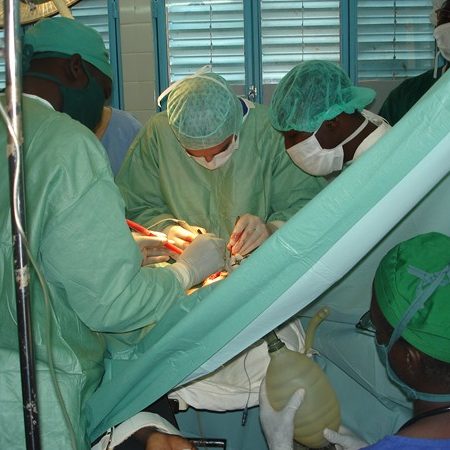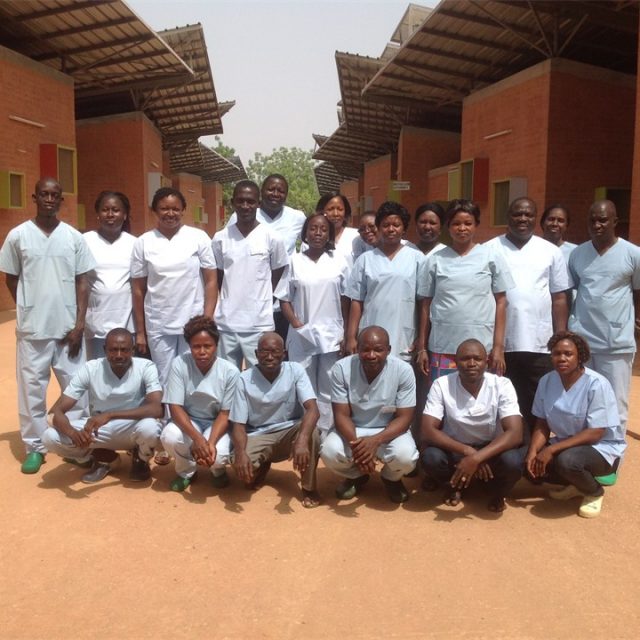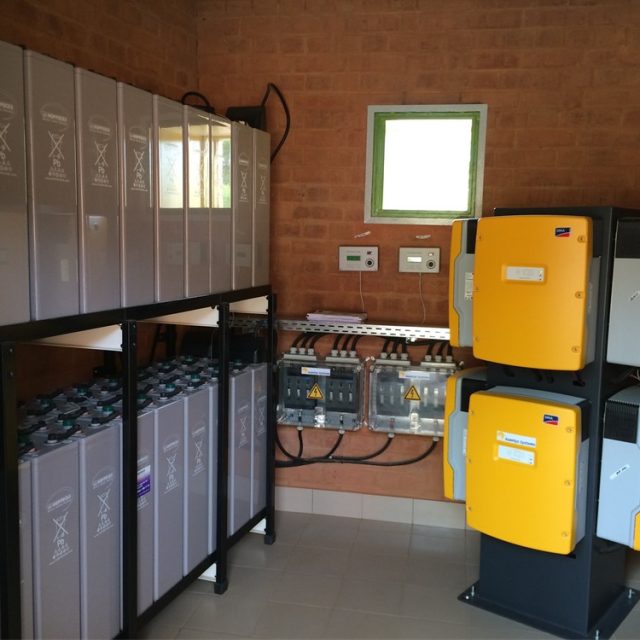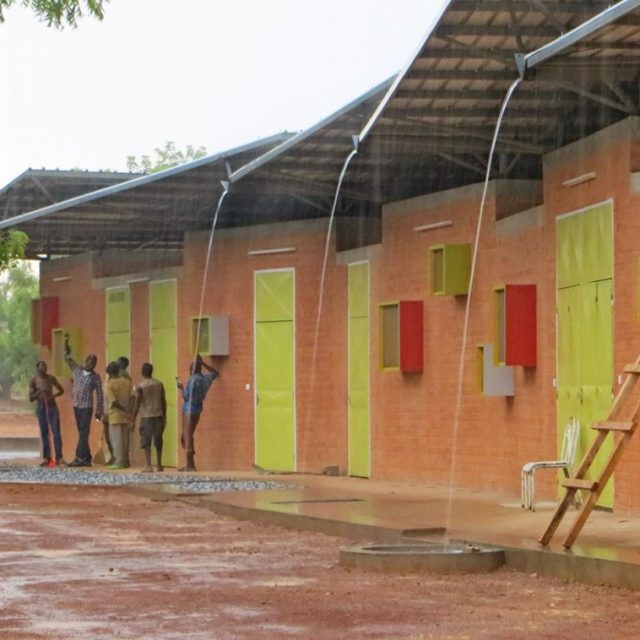Although the Léo hospital is excellently equipped, it was selected as the first site for SophiA technology. The background is a reliable communication with the users. Since the SophiA technology is being developed from scratch, it is likely that there will be failures in the first prototype. The hospital already has back-up systems to compensate for disruptions in case of an emergency.
Location
The hospital was built under the direction of the association “Operieren in Afrika e.V.” which is also a partner of the SophiA project. The association has been organizing surgical campaigns of specialized medical doctors, such as urologists and plastic surgeons, since 2000. After 13 years of using the medical facilities in the city of Léo, it was agreed to build its own hospital. The star architect Diébédo Francis Kéré, who was born in Burkina Faso, was recruited as the architect. The hospital has been in operation since 2014. During the winter months, when there is little rain, the surgical campaigns continue to take place. This involves familiarizing the hospital’s permanent staff with the surgical procedures and training them on new techniques. The organization and the hospital are financed exclusively by donations and in-kind donations of medical equipment.
Catchment
The catchment area of the hospital comprises about 60,000 inhabitants around Léo. However, the hospital is also known beyond the region, which is why many patients travel a long way to be treated there. The hospital can provide assistance especially for pregnant women. The mortality rate of new-borns in the maternity ward has fallen to a European level.
Number of beds
The hospital has 2 operating theaters, a maternity unit and about 20 beds. A kitchen is available for the care of patients. Furthermore, 5 guest houses with two beds each have been built for the campaigns on the premises.
Number of doctors and teams
Around 20 permanent employees work at Dr. Sedogo Hospital. They include three midwives, two nurses, a surgeon, an anesthetist, a radiologist, a technician and a pharmacist. During the surgical campaigns, up to 10 additional doctors and nurses are accommodated.
Power supply and consumption
Power blackouts often occur in the regions outside the major city of Léo. Therefore, during the construction of the hospital, a PV system was installed to cover 90% of the electricity. Furthermore, a battery storage is available. Should the power supply nevertheless be interrupted, a diesel generator takes over the power supply for a short time. However, due to the further expansion of the hospital, the power supply will not be sufficient in the long term. The SophiA technology will remedy this situation and ensure the future development of the hospital.
Water supply and consumption
Water supply is already provided in a sustainable manner. During the rainy season, water is collected in an underground rainwater retention basin. About one third of the dry season can be bridged when the reservoir is full. The rest of the time, water is pumped via a well. A 1000 litre elevated water tank provides the water pressure in the building. Three autoclaves sterilize the used surgical instruments. The deionized water required for this was previously purchased at a local store.




